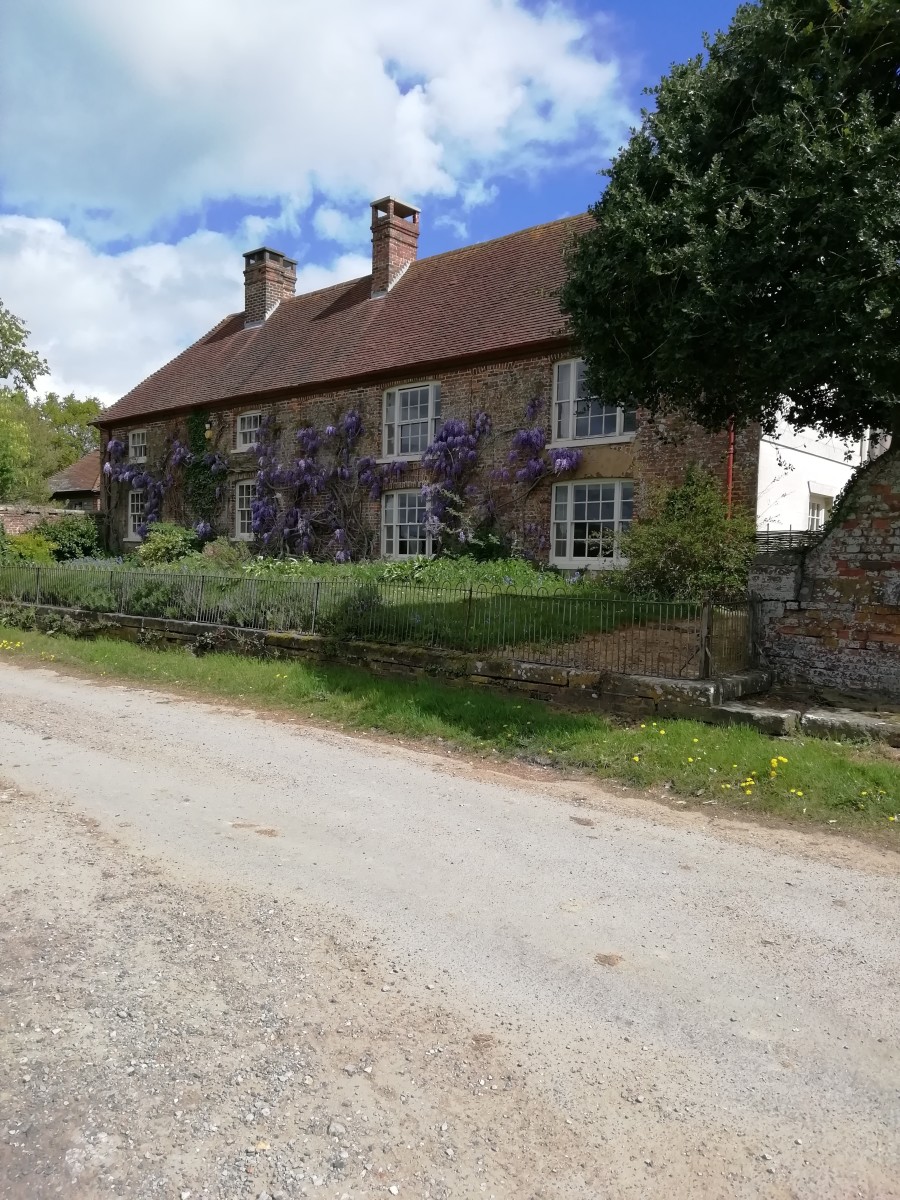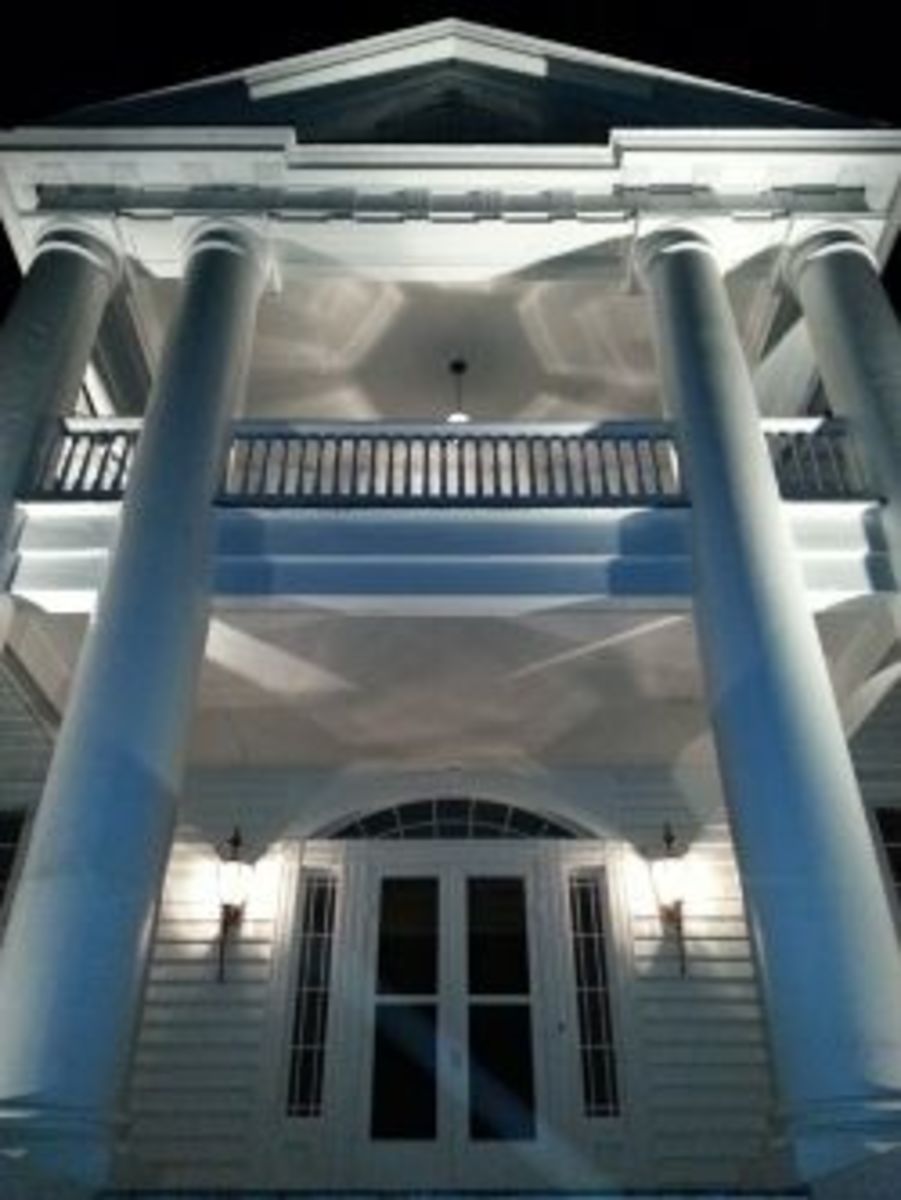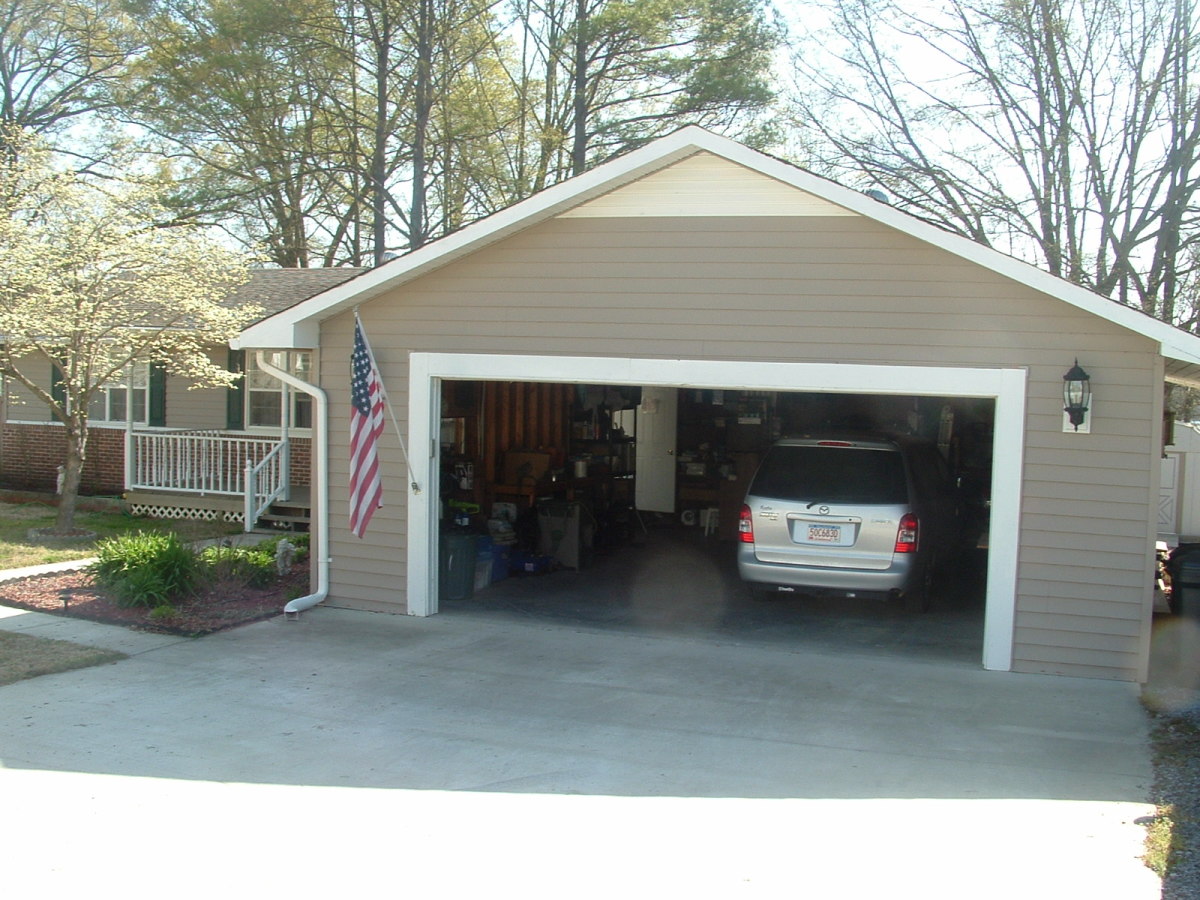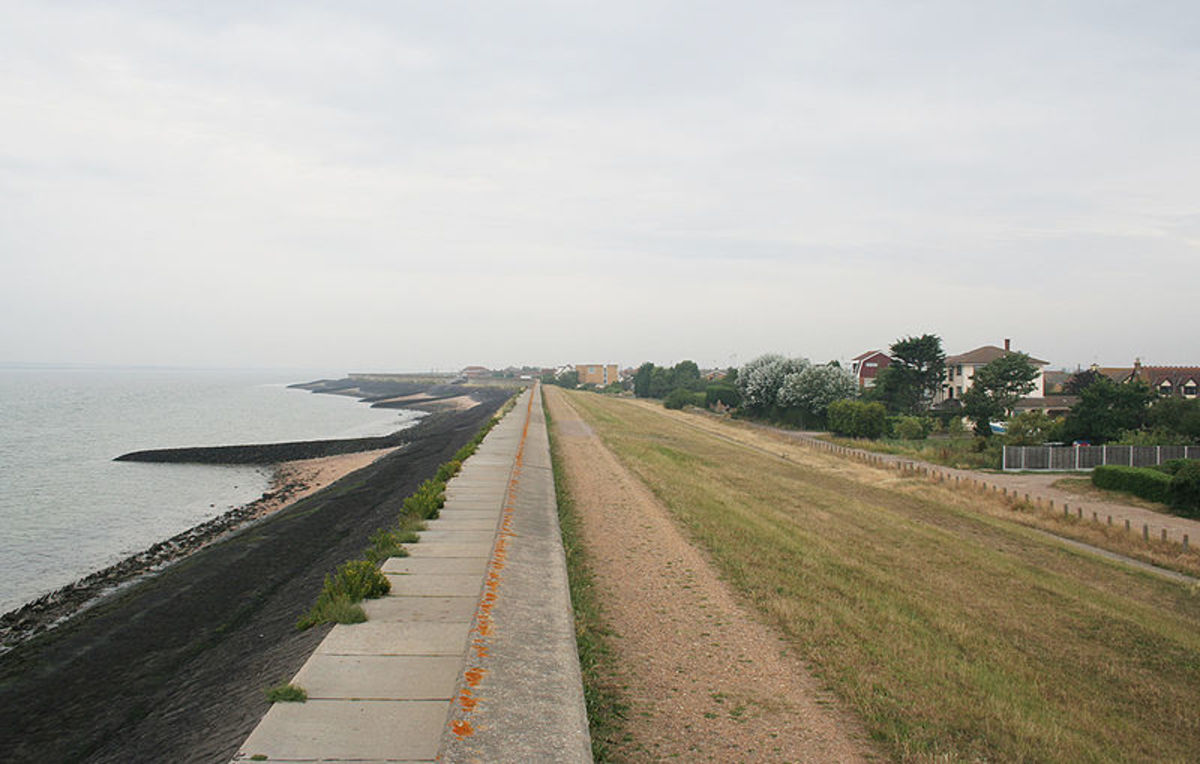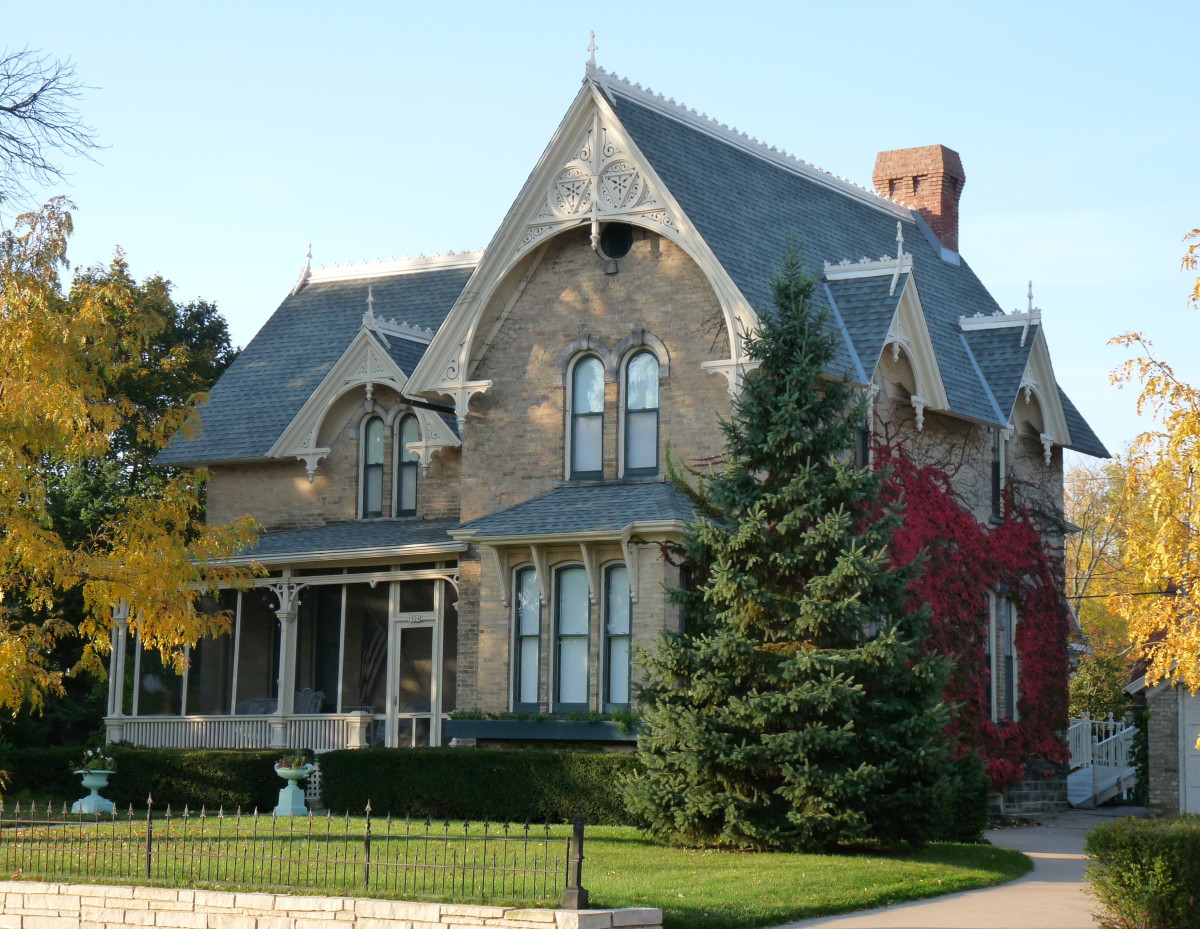Avoiding the Pitfalls of Older Properties
Is your Property Purchase All It's Cracked up to Be?
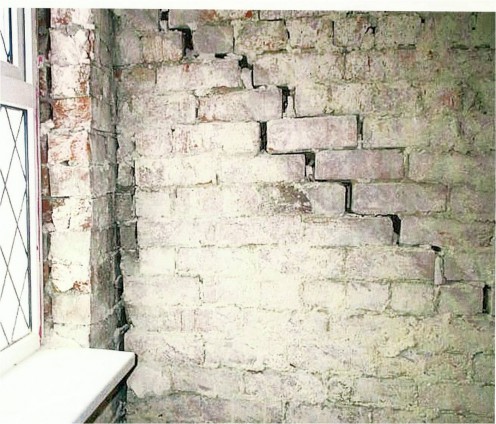
Purchasing Real Estate - Do Your Homework First!
Have you ever heard the Latin phrase: ‘Caveat Emptor’? It means: ‘Let the buyer beware.’ This thought should always be paramount in your mind when it comes to the purchase of a used home. No one wants to buy a property only to find it has no end of defects which will take a great deal of time, money and effort to put right. Older homes can be a nightmare when it comes to gauging how much work needs doing. Properties that look presentable at first viewing can reveal endless problems which you, the buyer, will have to address once you've committed yourself to the purchase. Don’t expect any guarantees as used properties are often sold as seen. Be extra vigilant the older the property is; it would have had many owners who will have contributed their own particular DIY projects over the decades. Some will have carried out work to a professional standard while others will have done things that are downright dangerous, even compromising the structure of the building and putting the safety of occupants at risk.
Never rely entirely on the judgement of the surveyor; his opinions are useful but not infallible and they can only highlight areas that give them cause for concern. Even a surveyor isn't obliged to inspect every single nook and cranny of a used home. He doesn’t have to move furniture or peer under carpets or even conduct a visual check of the roof void if no ladder is present but it's areas like this where many serious problems with the fabric of the building are often located. Again, it's up to you to be wary and carry out a thorough inspection of your own; you must ensure the property has as few problems as possible unless you're specifically purchasing it as a renovation and have every intention of replacing the entire roof and just about everything below it.
It's very easy when viewing a property to get carried away with the niceties of the interior décor and furnishings which the vendor may have expended considerable time and money on. Never do this! All of it will be gone once they've moved and you could well be confronted with little else than four crumbling walls when the sale is finalised.
Here are five salient questions to ask yourself when viewing used property in order to avoid costly mistakes you may later come to regret.
Don't Forget the Exterior
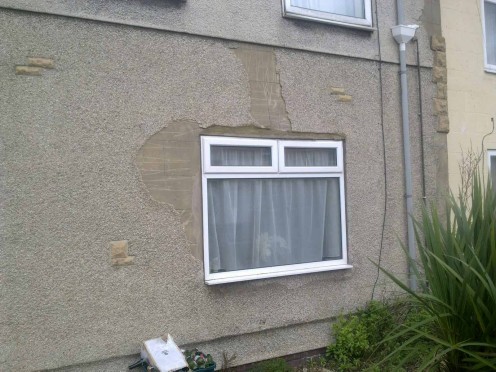
Are There Cracks in the Interior and Exterior Walls and Surrounding Paving and Walkways?
Small hairline cracks in plaster are acceptable but any larger ones should be an immediate red flag for prospective purchasers. Maintain a keen eye for detail. Cracks can be a sign of subsidence as can doors that won't swing true. Uneven floors should also set alarm bells ringing. A house that needs underpinning can cost a fortune to put right. Look out for any dips and disparity in the level of the ground.
I Thought It Only Needed a Coat of Paint!
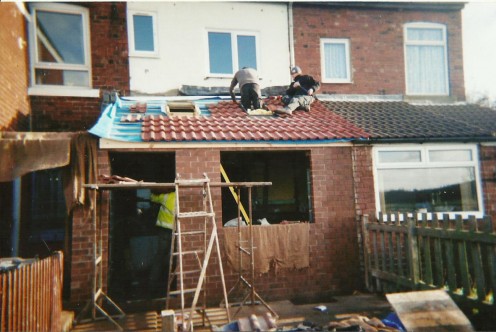
Is the Roof and Supporting Structure Sound?
Failing to notice roof problems can be one of the most expensive errors when purchasing a used property. The roof is often one of the most poorly maintained areas of a house but its condition is vital to the fabric of the building. Replacing rotten roof joists can be a major structural job which won't come cheap.
Vendors will delight in creating an attractive interior and garden space but often completely neglect the roof. If the roof isn't sound, a Pandora’s Box of other problems will soon manifest themselves. When viewing a property, walk around the outside several times to get a good view of the roof from all angles. The vendor may well laugh, but take a pair of binoculars along if it helps. Take note of any missing pointing, displaced tiles/shingles or flashing. The guttering should be functional and free of debris and climbing plants. An inspection on a rainy day will soon alert you any faults! Insist on a thorough inspection of the roof void. If there's no loft ladder, go away and come back with your own and bring a torch along too.
When looking at the roof take a note of where the chimneys if any are located, then when you go back inside the house make sure there are corresponding chimney breasts. It's amazing how often people remove them from dwellings purely to grab a little more space but fail to realise they've left an unsupported chimney stack on the roof which could quite literally topple down and cause enormous damage to both property and occupants. I've coined a phrase for this: 'floating chimney syndrome.'
Check Roofs, Gutters, and Flashing for Ingress of Water
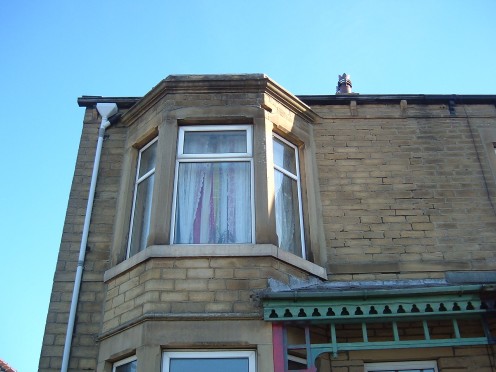
Is There a Stagnant Smell Pervading the Entire Property?
You can often detect a damp problem as soon as you walk through the front door. Musty, mouldy smells and dank cellar odours are a sign that something is seriously wrong due to damp penetration through the walls of the house. The damp proofing may be faulty or non-existent or there could be a drainage problem if bad smells linger. Inadequate ventilation can mean that a property may suffer from condensation problems. Although this can easily be remedied with the addition of a few air bricks, it can make the whole house smell dreadful and cause no end of damage to décor and furnishings. It often compromises the health of the occupiers in those susceptible to respiratory disorders. Mould and mildew can cause lasting damage to the structure of a building and if a property has not been properly ventilated over the winter months it will likely have sustained some damage. Such problems are easily rectifiable unless they've been allowed to get out of hand.
Be Wary of Damp
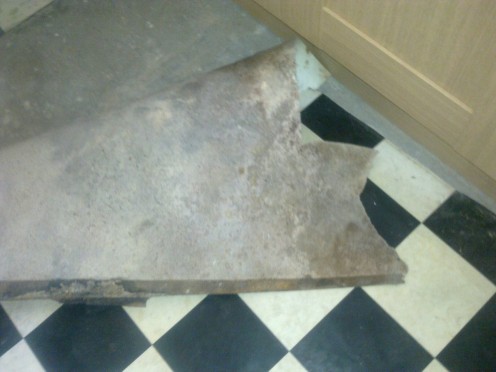
Don't Take on Too Much!
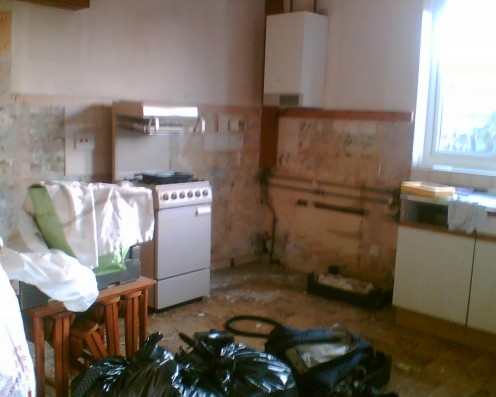
Is the Heating and Electrical System Modern and Safe?
A replacement boiler can be costly and won't be something you'll want to do shortly after moving in or letting a property. Make sure the heating system isn't outdated and has a few more years left before it becomes obsolete. Ask a qualified electrician to check the consumer unit and the wiring to see it conforms to modern day safety standards and to inform you whether updates would be too costly. Bear in mind the running costs of an older system as compared to a newer one. Over time a new installation saves money so this is something to take into consideration.
Are the Windows and Doors Weather Proof?
Those quaint cottage-style window frames might look lovely in summer but will they protect you from a howling gale in the depths of the winter? Replacement doors and windows are pricey if they all need replacing at once but as with the heating system, they'll be a wise investment which reduces heat loss and are maintenance free. Don't forget that buildings near busy roads will need triple-glazed windows.
If in Doubt, Take Photos and Consult an Expert
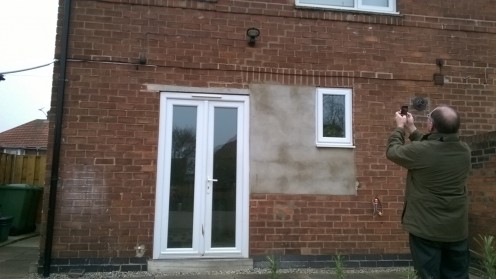
Happy House Hunting!
In conclusion, it's wise to remember that ' let the buyer beware' is a phrase that should never be far from your mind and trouble with any of the above areas is always expensive to remedy. That bargain property might not prove to be such a bargain after all if you end up paying a fortune to rectify the problems the vendor so cleverly disguised or distracted you from. View your prospective property purchase as many times as is necessary for you to be satisfied you've made the right choice and view it during different weather conditions if possible. Viewing a furnished property is not recommended as wardrobes and pictures can be used to hide all manner of atrocities which only come to light once the property is empty and now your responsibility.
Tips for Buying Older Homes
Inspecting Older Properties
Has this article helped you become more aware of property-related pitfalls?
© 2016 Stella Kaye

